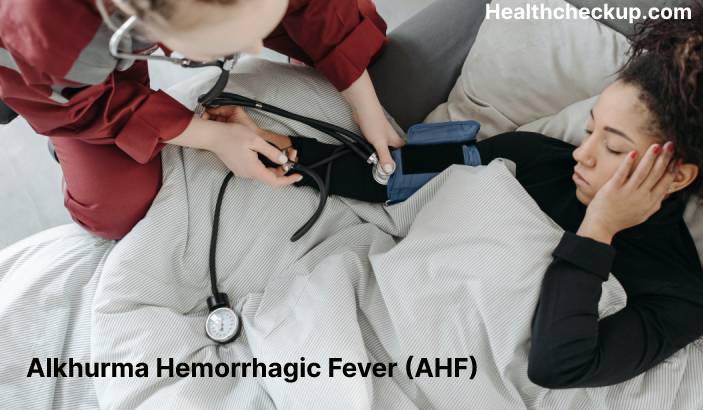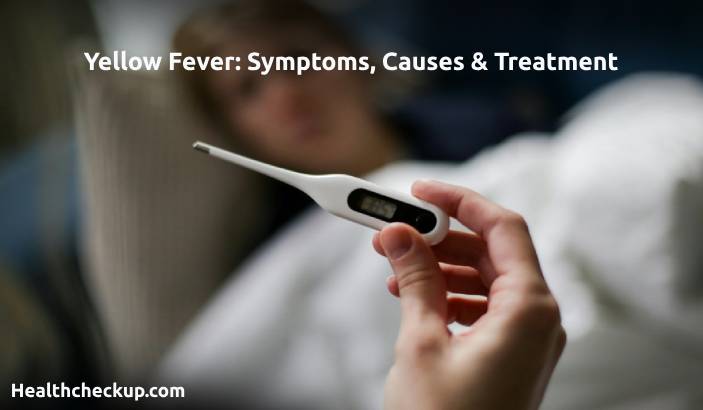Alkhurma hemorrhagic fever (AHF) is a viral illness caused by the Alkhurma virus, which is a member of the family Bunyaviridae. AHF is primarily found in Saudi Arabia, and it is transmitted to humans through the bite of infected ticks. The illness is characterized by fever, rash, and bleeding, and it can be severe or even fatal in some cases.
Symptoms
Symptoms of AHF typically appear within 5-10 days after infection and can include:
- Fever
- Rash
- Headache
- Muscle and joint pain
- Fatigue
- Bleeding from the gums, nose, or gastrointestinal tract
- Decreased urine output
In severe cases, AHF can lead to complications such as organ failure, septic shock, and bleeding into the brain, which can be fatal.
Diagnosis
AHF is diagnosed based on symptoms, exposure to ticks in an area where the virus is present, and laboratory testing. Testing can include blood tests to detect the virus or antibodies to it.
Treatment
There is no specific treatment for AHF, and treatment is generally supportive in nature. This can include medications to reduce fever and pain, fluids to help prevent dehydration, and blood transfusions or other blood products to help manage bleeding. In severe cases, hospitalization may be necessary.
Prevention
There are no vaccines available to prevent AHF, and the best way to prevent infection is to avoid exposure to ticks in areas where the virus is present. This can include wearing long sleeves and pants when outdoors, using insect repellents, and avoiding areas with tall grass or bushes. It is also important to promptly remove ticks from the skin and to avoid handling them with bare hands.
Overall, AHF is a rare but serious illness that can be fatal in some cases. It is important to take steps to prevent tick bites and to seek medical attention if you develop symptoms after being bitten by a tick in an area where AHF is present.
Epidemiology
AHF was first identified in 1993, and since then, there have been several outbreaks of the illness in Saudi Arabia. The majority of cases have been reported in the Alkhurma region, which is located in the eastern part of the country. However, cases have also been reported in other parts of Saudi Arabia, as well as in other countries in the Middle East.
AHF is primarily transmitted to humans through the bite of infected ticks, which are found in certain parts of Saudi Arabia. The ticks are usually found in areas with tall grass or bushes, and they are most active during the warmer months of the year.
Outbreaks of AHF tend to occur in sporadic cycles, with periods of high and low incidence. The virus appears to have a higher rate of transmission during times of drought, when ticks may be more concentrated in certain areas.
Conclusion
AHF is a rare but serious illness that is primarily found in Saudi Arabia. It is transmitted to humans through the bite of infected ticks and can cause fever, rash, and bleeding. While there is no specific treatment for AHF, supportive care can help to manage symptoms and prevent complications. The best way to prevent infection is to avoid exposure to ticks in areas where the virus is present.








